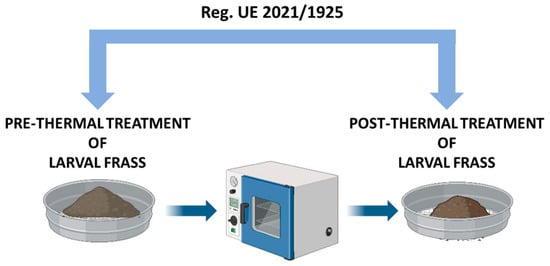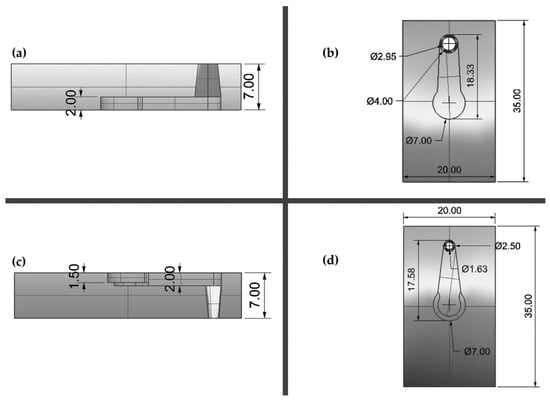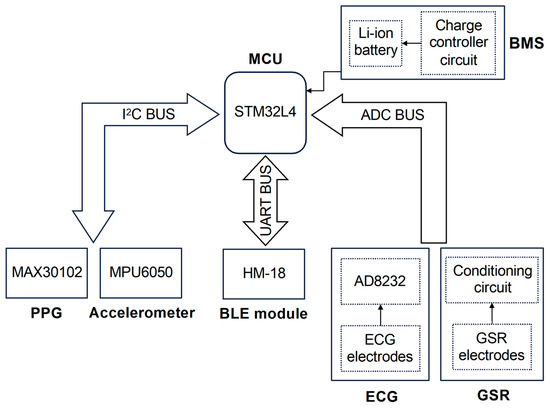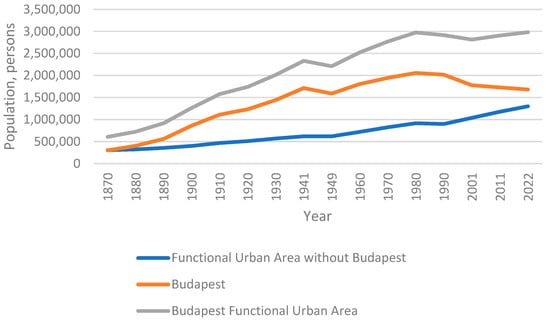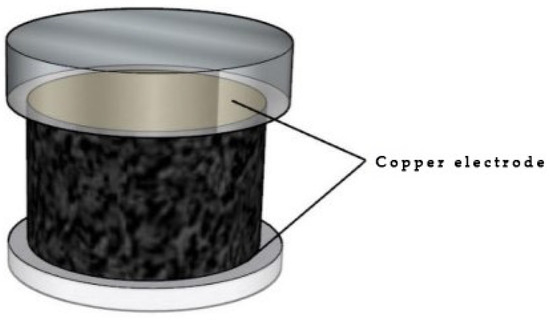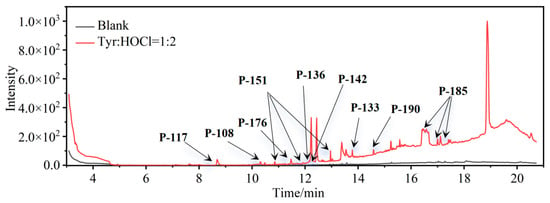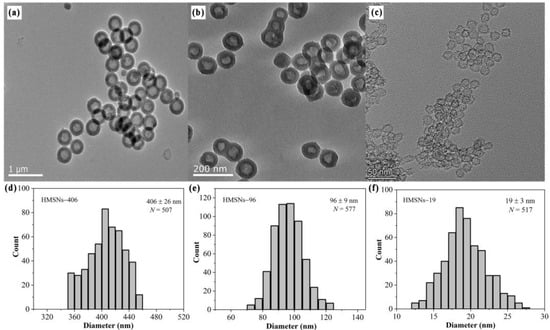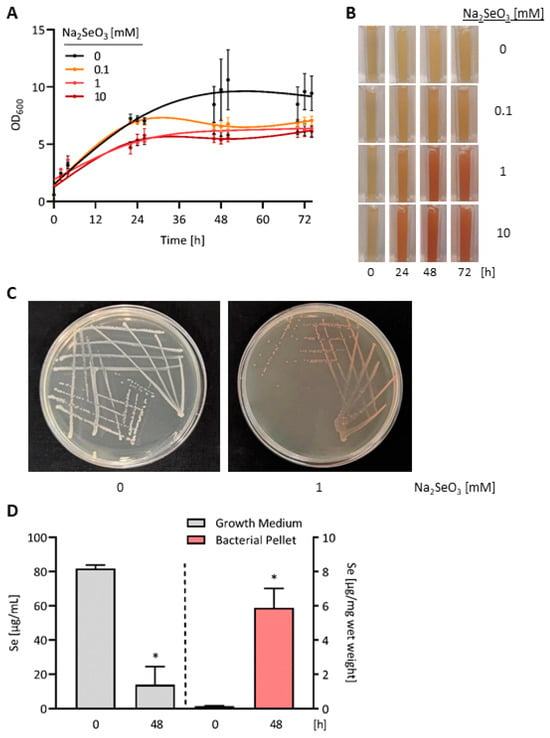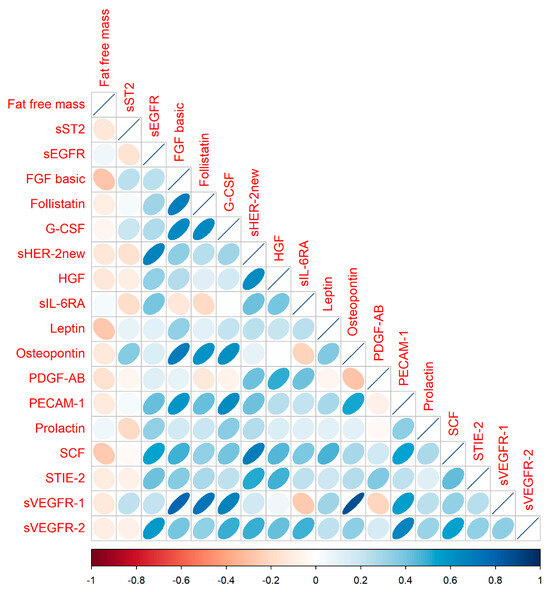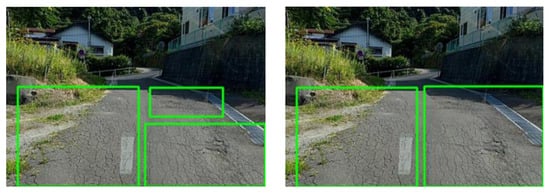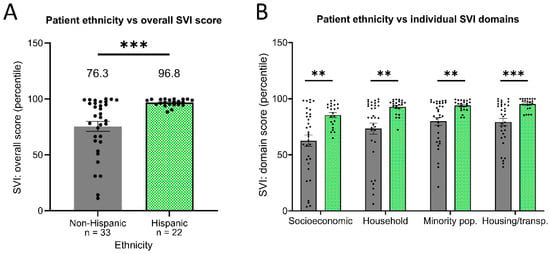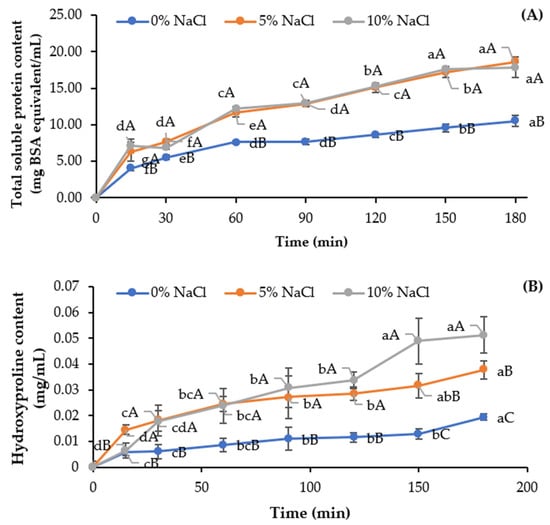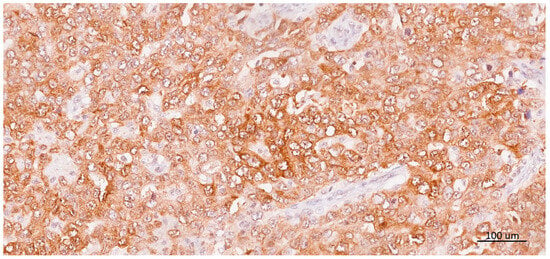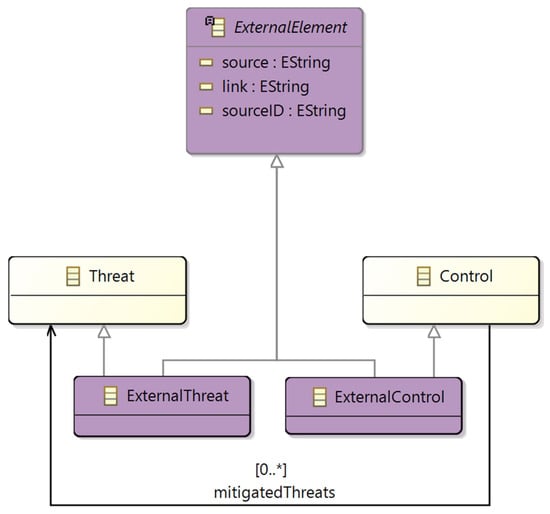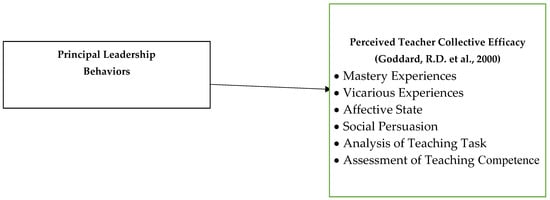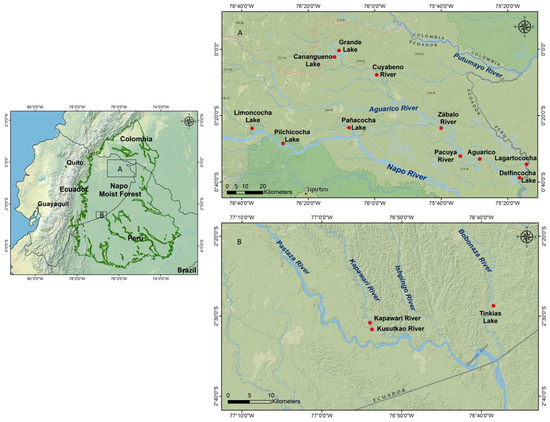In agriculture, soil-borne fungal pathogens, especially
Fusarium oxysporum strains, are posing a serious threat to efforts to achieve global food security. In the search for safer agrochemicals, silica nanoparticles (SiO
2NPs) have recently been proposed as a new tool to alleviate pathogen
[...] Read more.
In agriculture, soil-borne fungal pathogens, especially
Fusarium oxysporum strains, are posing a serious threat to efforts to achieve global food security. In the search for safer agrochemicals, silica nanoparticles (SiO
2NPs) have recently been proposed as a new tool to alleviate pathogen damage including Fusarium wilt. Hollow mesoporous silica nanoparticles (HMSNs), a unique class of SiO
2NPs, have been widely accepted as desirable carriers for pesticides. However, their roles in enhancing disease resistance in plants and the specific mechanism remain unknown. In this study, three sizes of HMSNs (19, 96, and 406 nm as HMSNs-19, HMSNs-96, and HMSNs-406, respectively) were synthesized and characterized to determine their effects on seed germination, seedling growth, and
Fusarium oxysporum f. sp.
phaseoli (FOP) suppression. The three HMSNs exhibited no side effects on cowpea seed germination and seedling growth at concentrations ranging from 100 to 1500 mg/L. The inhibitory effects of the three HMSNs on FOP mycelial growth were very weak, showing inhibition ratios of less than 20% even at 2000 mg/L. Foliar application of HMSNs, however, was demonstrated to reduce the FOP severity in cowpea roots in a size- and concentration-dependent manner. The three HMSNs at a low concentration of 100 mg/L, as well as HMSNs-19 at a high concentration of 1000 mg/L, were observed to have little effect on alleviating the disease incidence. HMSNs-406 were most effective at a concentration of 1000 mg/L, showing an up to 40.00% decline in the disease severity with significant growth-promoting effects on cowpea plants. Moreover, foliar application of HMSNs-406 (1000 mg/L) increased the salicylic acid (SA) content in cowpea roots by 4.3-fold, as well as the expression levels of SA marker genes of
PR-1 (by 1.97-fold) and
PR-5 (by 9.38-fold), and its receptor gene of
NPR-1 (by 1.62-fold), as compared with the FOP infected control plants. Meanwhile, another resistance-related gene of
PAL was also upregulated by 8.54-fold. Three defense-responsive enzymes of POD, PAL, and PPO were also involved in the HMSNs-enhanced disease resistance in cowpea roots, with varying degrees of reduction in activity. These results provide substantial evidence that HMSNs exert their Fusarium wilt suppression in cowpea plants by activating SA-dependent SAR (systemic acquired resistance) responses rather than directly suppressing FOP growth. Overall, for the first time, our results indicate a new role of HMSNs as a potent resistance inducer to serve as a low-cost, highly efficient, safe and sustainable alternative for plant disease protection.
Full article
 IJMS
IMPACT
IJMS
IMPACT Applied Sciences
IMPACT
Applied Sciences
IMPACT Sustainability
IMPACT
Sustainability
IMPACT Sensors
IMPACT
Sensors
IMPACT JCM
IMPACT
JCM
IMPACT Energies
IMPACT
Energies
IMPACT Molecules
IMPACT
Molecules
IMPACT Materials
IMPACT
Materials
IMPACT Remote Sensing
IMPACT
Remote Sensing
IMPACT Cancers
IMPACT
Cancers
IMPACT Electronics
IMPACT
Electronics
IMPACT Mathematics
IMPACT
Mathematics
IMPACT Foods
IMPACT
Foods
IMPACT Buildings
IMPACT
Buildings
IMPACT Plants
IMPACT
Plants
IMPACT Nutrients
IMPACT
Nutrients
IMPACT Animals
IMPACT
Animals
IMPACT Polymers
IMPACT
Polymers
IMPACT Water
IMPACT
Water
IMPACT Diagnostics
IMPACT
Diagnostics
IMPACT Biomedicines
IMPACT
Biomedicines
IMPACT Agronomy
IMPACT
Agronomy
IMPACT Microorganisms
IMPACT
Microorganisms
IMPACT Processes
IMPACT
Processes
IMPACT Healthcare
IMPACT
Healthcare
IMPACT Forests
IMPACT
Forests
IMPACT Cells
IMPACT
Cells
IMPACT JMSE
IMPACT
JMSE
IMPACT Medicina
IMPACT
Medicina
IMPACT Viruses
IMPACT
Viruses
IMPACT Agriculture
IMPACT
Agriculture
IMPACT Nanomaterials
IMPACT
Nanomaterials
IMPACT IJERPH
IJERPH
 Land
IMPACT
Land
IMPACT Pharmaceutics
IMPACT
Pharmaceutics
IMPACT Pharmaceuticals
IMPACT
Pharmaceuticals
IMPACT Religions
IMPACT
Religions
IMPACT Biomolecules
IMPACT
Biomolecules
IMPACT Life
IMPACT
Life
IMPACT Micromachines
IMPACT
Micromachines
IMPACT Atmosphere
IMPACT
Atmosphere
IMPACT Antioxidants
IMPACT
Antioxidants
IMPACT Genes
IMPACT
Genes
IMPACT Metals
IMPACT
Metals
IMPACT Symmetry
IMPACT
Symmetry
IMPACT Children
IMPACT
Children
IMPACT Coatings
IMPACT
Coatings
IMPACT Vaccines
IMPACT
Vaccines
IMPACT Horticulturae
IMPACT
Horticulturae
IMPACT Education Sciences
IMPACT
Education Sciences
IMPACT Minerals
IMPACT
Minerals
IMPACT Brain Sciences
IMPACT
Brain Sciences
IMPACT JPM
IMPACT
JPM
IMPACT Bioengineering
IMPACT
Bioengineering
IMPACT




